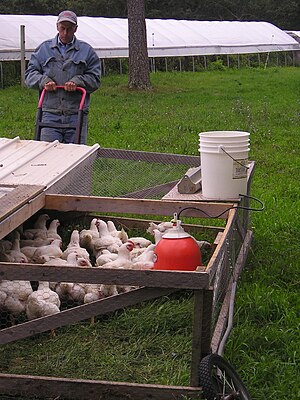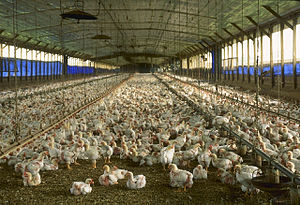Ok guys this is a long recipe because of all the ingredients but I promise you it is really good! First I will start with how to make garam masala which is a seasoning spice you will need for this dish.
Garam Masala spice
4 tablespoon coriander seeds
1 tablespoon cumin seeds
1 tablespoon black peppercorns
1 and 1/2 teaspoon black cumin seeds
1 and 1/2 teaspoon dry ginger
3/4 teaspoon black cardamom (3-4 large pods approx)
3/4 teaspoon cloves
3/4 teaspoon cinnamon (2 X 1” pieces)
3/4 teaspoon crushed bay leaves
Here's how we make this, first heat up a frying pan over medium heat then add all the ingredients, except the dry ginger, leaving the cardamom in the light green pods...now gently roast these until they turn a little bit darker then when they started out...maybe two shades darker, use your judgement. Next turn off the fire and let them cool down unless you like to get burned...lol. Once its cooled off and you can touch it take the cardamom out of the pods and put them back with the rest of the spices....yes including the ginger....you thought I forgot LOL. Now that you have it all set up grind this stuff to a powder seriously a powder and store in a air tight jar because this stuff will keep for a while and its good in a lot of dishes.
First you will need your pastry dough because that's what the filling gets stuffed into before frying.
Pastry
2 cups unbleached flour
3/4 teaspoon salt
1 and 1/2 tablespoon oil or ghee
1/2-3/4 cup of water
Put the flour into a large mixing bowl and make a well in the center and pour in your oil and water then mix until you get a slightly wet dough....you want it to end up kind of sticky. Next on a lightly floured surface knead the dough for about 10 minutes and cover with a damp towel until you're ready to use it.
Next part is your choice for the filling some people prefer to be vegetarian some like meat...here's the meat filling.
Meat filling
2 teaspoons fresh ginger, grated or 1 teaspoon ground ginger
3 small cloves garlic
1/2 kilo ground lamb or beef
2 large onions thinly sliced
1 tablespoon garam masala.....added after your done cooking..just stir it in
1 tablespoon curry powder
1 teaspoon salt
and a little oil if you need it to keep stuff from sticking
Here's how we cook this mix just crush the ginger and garlic before you start your pan on the fire put it all into the frying pan and simmer for 30 minutes over a medium flame until the meat is brown...drain off any extra grease but don't let the stuff stick either. When its done mix in the garam masala spice and set aside until you're ready to stuff the pastry.
Now finally here's the vegetable filling if you choose this version
Vegetable filling
3 medium potatoes cubed to about 1/2 inch size
2 carrots also cube cut...probably slightly smaller would be good since carrots take a little longer than potatoes to boil al dente...that's semi-soft.
1 cup of peas
3 tablespoons oil or ghee
1 cup onion chopped
2 teaspoons freshly grated ginger or 1/2 teaspoon ground ginger
2 large garlic cloves crushed
1/2 teaspoon coriander seeds crushed
2 tablespoons fresh coriander chopped
2 teaspoons lemon juice
Ok to start with first cube your potatoes and carrots then put into a separate pot to boil until al dente...slightly soft. While that's going heat another pan and put in some oil or ghee and saute the coriander, ginger, onions, and garlic. Stirring constantly this whole time for about 5 minutes add the lemon juice and the carrots and potatoes that should be done by now and the peas last making sure everything is completely cooked. The next part is filling the pastry.
Finally the easiest part really...LOL hopefully you're still with me...When you're done with the filling pinch off a little ball and roll it out into about 6 inch circles that are really thin....like 1/8 of an inch thin and cut them in half then fold in half to make a triangle shape. Put enough filling onto one side of the two triangles you made and leave enough room to be able to connect the other triangle on top along the edges....when doing this add a little bit of water and pinch all around the edge to make it stick together. Once you have all your samosas filled and ready to go heat about 2 inches of oil in a large frying pan to about 375 degrees and fry em up until golden brown one side at a time.













